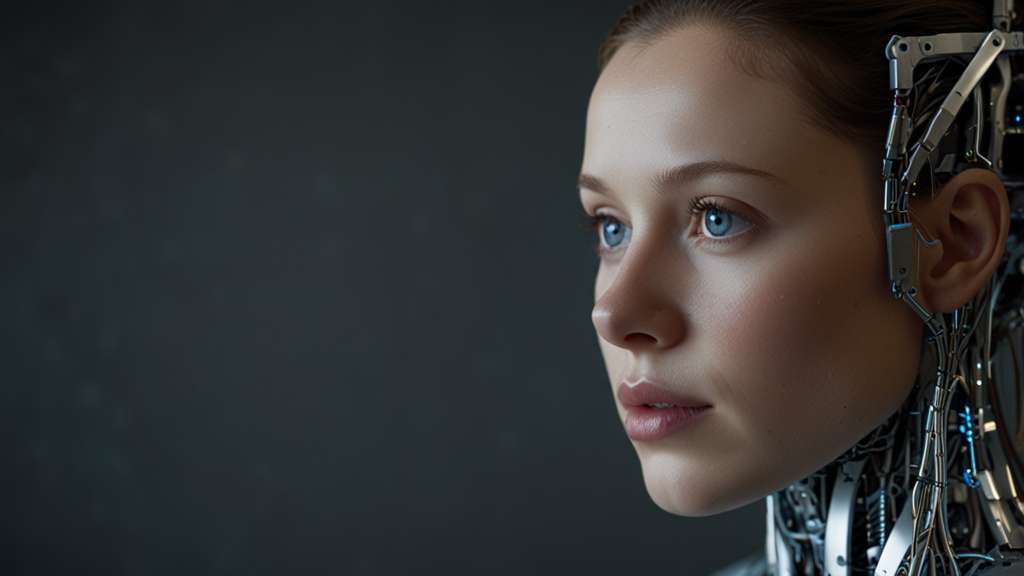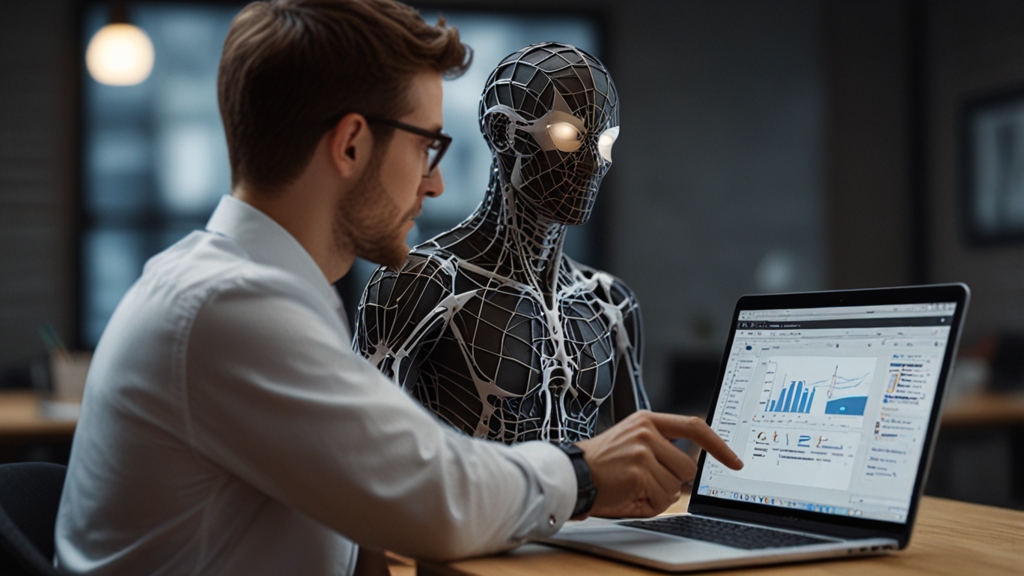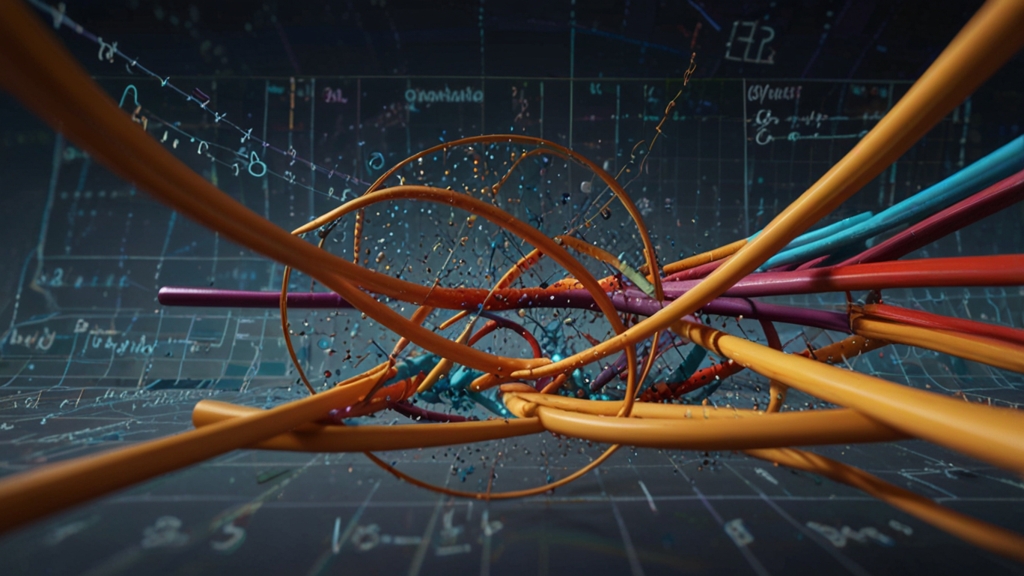The Ethics of AI: Can Machines Make Moral Decisions?
As artificial intelligence (AI) continues to evolve, it is becoming increasingly capable of performing tasks that were once thought to require human intelligence. From autonomous vehicles to complex data analysis, AI systems are now integral to various industries and aspects of daily life. However, this rapid advancement poses a significant question: Can machines make moral decisions?
Understanding Moral Decisions
At its core, a moral decision involves determining what is right or wrong, often influenced by societal norms, personal values, and ethical theories. For humans, moral decision-making is a complex process that incorporates emotions, cognitive reflection, and empathy. The challenge lies in translating these deeply human aspects into a machine’s framework.
“The real problem is not whether machines think but whether men do.” — B.F. Skinner
Programming Ethics
To enable machines to make moral decisions, developers often use approaches like rule-based systems, where specific ethical guidelines are coded directly into the AI. Another approach is machine learning, where AI is trained on large datasets that include morally relevant decisions. Despite these methods, several issues arise:
Bias and Datasets
Training an AI system on existing datasets can inadvertently introduce human biases present in the data. If the data reflects past injustices or biased viewpoints, the AI could perpetuate these biases in its decision-making process. For instance, facial recognition systems have been criticized for having higher error rates for people of color due to biased training data.
Lack of Context
Humans consider context when making moral decisions, but AI lacks the intrinsic ability to understand complex social and emotional cues. For instance, an autonomous vehicle might be programmed to minimize harm. However, in a split-second decision where it must choose between hitting two different individuals, an AI system may struggle to make a contextually fair decision. In such situations, the machine's logic may not align with human moral intuitions.
“The question of whether a computer can think is no more interesting than the question of whether a submarine can swim.” — Edsger W. Dijkstra
Accountability and Responsibility
Another pressing concern is accountability. When an AI system makes a decision that results in harm, who is held responsible? The developers who programmed it, the company that deployed it, or the AI itself? Current legal frameworks are not equipped to handle such scenarios, complicating the integration of AI into morally sensitive areas.
The Role of Transparency
Transparency is crucial for ethical AI. Understanding how an AI system arrives at a decision can help identify biases and improve trust. Methods like explainable AI (XAI) aim to make the decision-making process of AI more transparent. When users can understand the rationale behind AI decisions, it becomes easier to align these decisions with ethical norms.
The Path Forward
As we continue to integrate AI into our lives, the question of whether machines can make moral decisions becomes more critical. While current AI systems show promise, they are far from being truly autonomous moral agents. Continuous research, ethical guidelines, and robust legal frameworks are essential for harnessing AI’s potential responsibly.
In conclusion, the ethics of AI is a multifaceted issue that requires collaboration between technologists, ethicists, and policymakers. While machines can assist in making moral decisions, the ultimate responsibility still lies with humans. As B.F. Skinner aptly pointed out, the focus should perhaps be on ensuring that humans make thoughtful, ethical decisions when creating and deploying AI.
“Technology is a useful servant but a dangerous master.” — Christian Lous Lange





